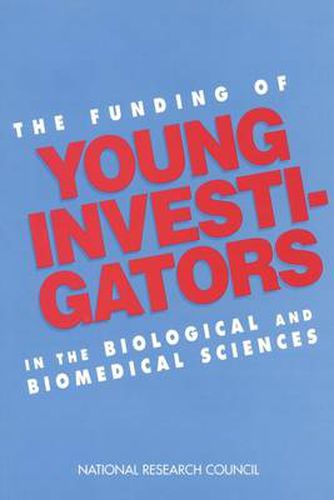Readings Newsletter
Become a Readings Member to make your shopping experience even easier.
Sign in or sign up for free!
You’re not far away from qualifying for FREE standard shipping within Australia
You’ve qualified for FREE standard shipping within Australia
The cart is loading…






This book brings to light trends in the support of life scientists beginning their professional careers. In 1985, 3,040 scientists under the age of 36 applied for individual investigator (R01) grants from the National Institutes of Health, and 1,002 received awards, for a success rate of 33 per cent. In 1993, 1,389 scientists under the age of 36 applied for R01 grants and 302 received awards, for a success rate of 21.7 per cent. Even when R23/R29 grant awards (both intended for new investigators) are added to the R01 awards, the number of R01 plus R23 awards made in 1985 was 1,308, and in 1993, the number of R01 plus R29 was 527. These recent trends in the funding of young biomedical research scientists, and the fact that young nonbiomedical scientists historically have had a smaller base of support to draw upon when beginning their careers, raises serious questions about the future of life science research. It is the purpose of this volume to present data about the trends and examine their implications.
$9.00 standard shipping within Australia
FREE standard shipping within Australia for orders over $100.00
Express & International shipping calculated at checkout
This book brings to light trends in the support of life scientists beginning their professional careers. In 1985, 3,040 scientists under the age of 36 applied for individual investigator (R01) grants from the National Institutes of Health, and 1,002 received awards, for a success rate of 33 per cent. In 1993, 1,389 scientists under the age of 36 applied for R01 grants and 302 received awards, for a success rate of 21.7 per cent. Even when R23/R29 grant awards (both intended for new investigators) are added to the R01 awards, the number of R01 plus R23 awards made in 1985 was 1,308, and in 1993, the number of R01 plus R29 was 527. These recent trends in the funding of young biomedical research scientists, and the fact that young nonbiomedical scientists historically have had a smaller base of support to draw upon when beginning their careers, raises serious questions about the future of life science research. It is the purpose of this volume to present data about the trends and examine their implications.